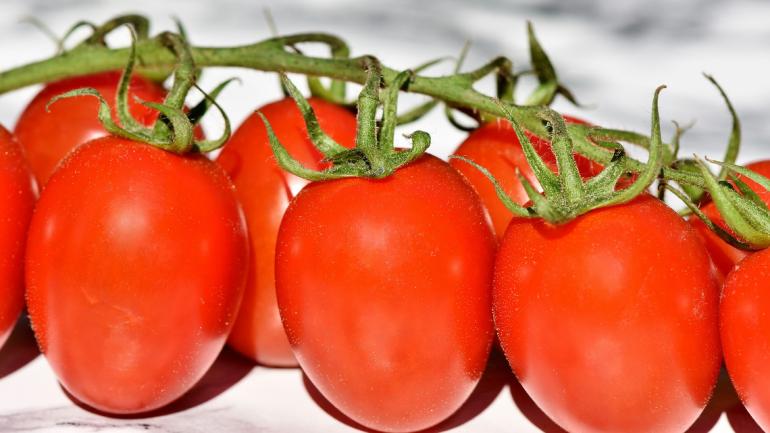
Brothers Produce Joins Zina Garrison Tennis Academy at Fun Day
October 29, 2018
Worker Strike Puts Mexican Avocados at Risk
November 13, 2018
Scientists are using a powerful genome editing tool to create new types of tomatoes.
Have you ever heard of CRISPR? It’s the abbreviation of Clustered Regularly Interspaced Short Palindromic Repeats. Basically (and it is much more complex than I have space for here), CRISPR are the foundation of a bacterial defense system that forms the framework of CRISPR-Cas9, a powerful genome-editing method. The editing tool has applications in many fields, including medicine and, yes, agriculture.
Since we are all about agriculture, we read with interest news about the creation of a new crop from a wild tomato, reported in Nature Biotechnology. The scientists involved in the research reported that the wild fruit they utilized, Solanum pimpinellifolium, which hails from South America, was edited using CRISP-Cas9, resulting in a robust tomato. S. pimpinellifolium is the ancestor of our cultivated tomatoes.
“Compared with the wild parent, our engineered lines have a threefold increase in fruit size and a tenfold increase in fruit number,” they wrote. “Notably, fruit lycopene accumulation is improved by 500% compared with the widely cultivated S. lycopersicum. Our results pave the way for molecular breeding programs to exploit the genetic diversity present in wild plants.”
Research such as this promises to change the produce industry in profound ways.
“This new method allows us to start from scratch and begin a new domestication process all over again. We can preserve the genetic potential and the particularly valuable properties of wild plants and, at the same time, produce the desired features of modern crops in a very short time,” said Jörg Kudla, a biologist at the University of Münster, a member of the study’s team.


